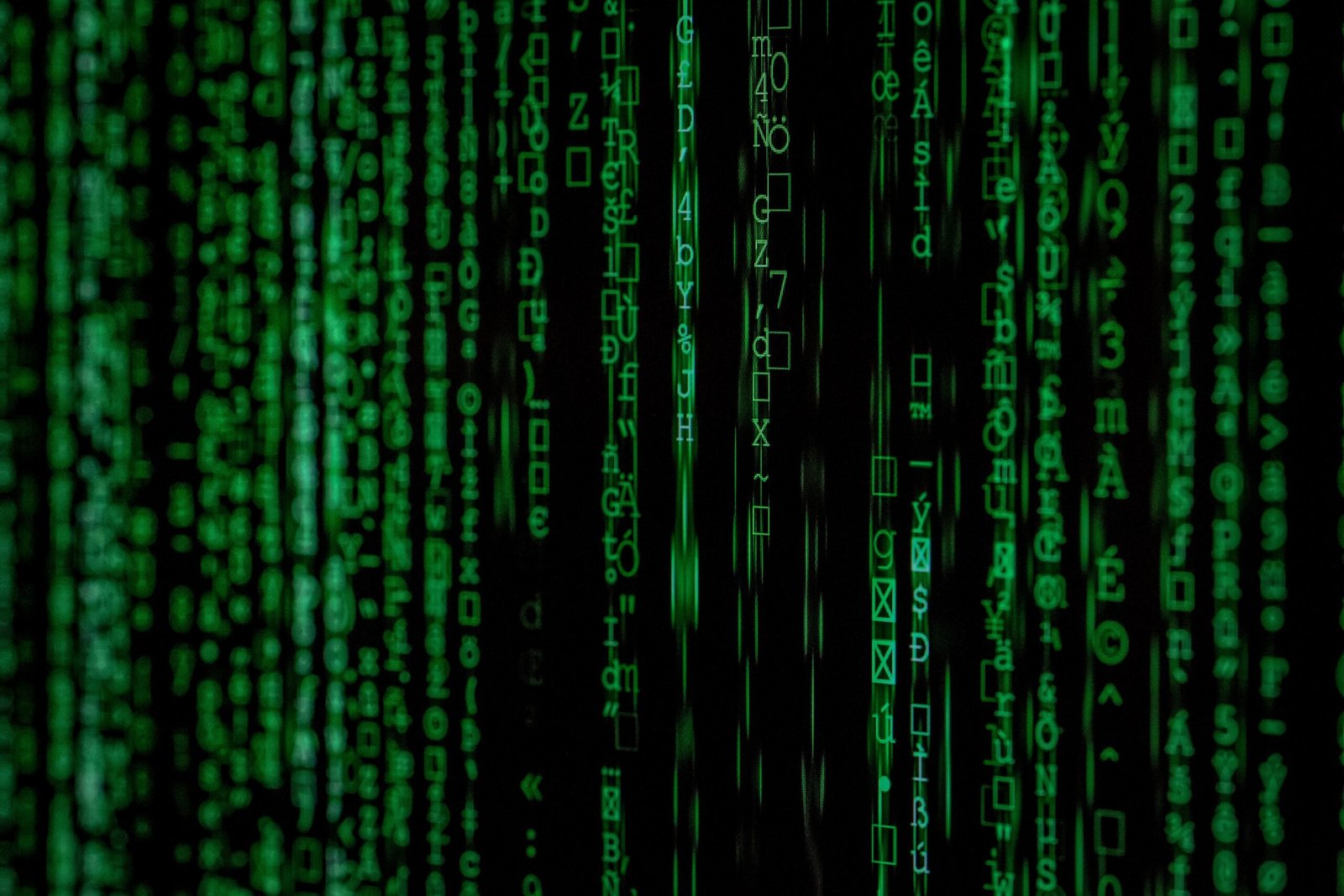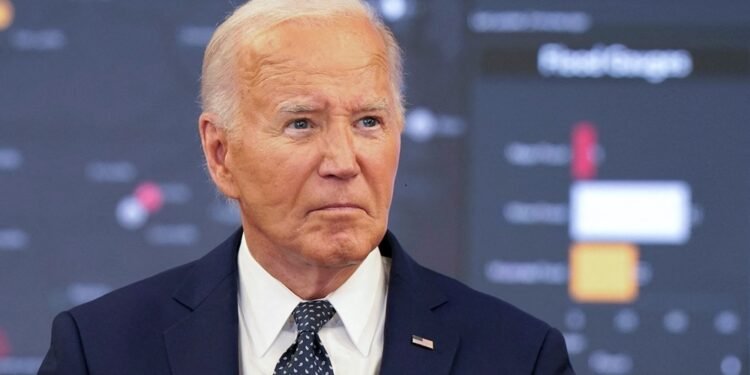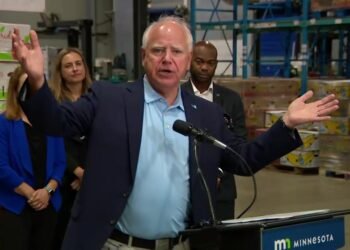The United States is currently experiencing a politically turbulent period, marked by increasing dissent within the Democratic Party and among the general public concerning President Joe Biden’s leadership. This growing revolt has been fueled by various factors, including economic challenges, legislative deadlocks, and widespread dissatisfaction with the administration’s handling of pivotal issues.
Recent political events have highlighted the fractures within the Democratic Party. Several prominent figures have voiced their concerns about Biden’s capacity to lead the nation effectively. This internal discord is mirrored by the general populace, where approval ratings for the president have seen a noticeable decline. The discontent is not confined to one issue but spans several critical areas that have impacted the daily lives of Americans.
One major point of contention is the economy. Inflation rates have surged, causing significant strain on household budgets. The administration’s economic policies have come under scrutiny, with critics arguing that the measures taken have been inadequate in addressing the root causes of these financial woes. Additionally, the legislative gridlock in Congress has exacerbated the situation, leading to delays and stalemates on vital economic relief packages.
Healthcare remains a contentious issue. The public’s perception of Biden’s handling of healthcare reforms has been lukewarm at best. Many feel that the promises made during the campaign have not been fulfilled, leading to an erosion of trust. Immigration policies have also sparked debate, with the administration facing criticism from both sides of the political spectrum. The inability to find a balanced and humane approach has left many dissatisfied.
Furthermore, the response to the COVID-19 pandemic continues to be a critical point of evaluation. While there have been successes in vaccine distribution and management, the overall strategy has faced criticism for its inconsistency and mixed messaging. These factors collectively contribute to the broader sentiment of dissatisfaction and calls for President Biden to step down, reflecting a nation grappling with its leadership during challenging times.
The Factions Within the Democratic Party
The Democratic Party has long been a coalition of diverse ideologies, but recent years have seen a pronounced division between its progressive and moderate factions. This internal split has significantly contributed to the growing calls for President Joe Biden to step down. The progressive wing, represented by figures like Bernie Sanders and Alexandria Ocasio-Cortez, advocates for bold policy changes such as Medicare for All, the Green New Deal, and substantial student debt relief. These stances, while galvanizing a younger, more left-leaning voter base, often clash with the more incremental approach favoured by moderates.
Moderate Democrats, including key figures like Senator Joe Manchin and Representative Abigail Spanberger, prioritize pragmatism and bipartisanship. They argue that sweeping reforms may alienate centrist voters and jeopardize the party’s chances in swing districts and states. This ideological tug-of-war has led to public and private disputes, with each faction vying for dominance and influence over the party’s direction. The progressive wing’s frustration with the Biden administration’s perceived sluggishness in enacting transformative policies has fueled much of the internal dissent.
Key moments, such as the negotiations over the Build Back Better Act, have highlighted these rifts. While progressives pushed for a comprehensive package addressing climate change, healthcare, and social services, moderates sought a more pared-down version to ensure passage in a narrowly divided Congress. The resulting compromises left many progressives feeling disillusioned and questioning the leadership’s commitment to their priorities.
These internal conflicts have not only affected the Democratic Party’s unity but also its strategy for upcoming elections. The visible discord may weaken the party’s ability to present a cohesive platform, potentially impacting voter turnout and support. As the 2024 election looms, the Democratic Party must navigate these divisions carefully to maintain its electoral viability and effectiveness in governance. The challenge lies in balancing the progressive call for substantial change with the moderates’ emphasis on pragmatic, achievable goals.
Public Opinion and Media Influence
Public opinion and media influence play a critical role in shaping political narratives and fueling the growing calls for President Joe Biden to step down. Recent polling data and public opinion surveys have highlighted a significant shift in sentiment among American voters. According to a recent survey by XYZ Polling, 55% of respondents expressed dissatisfaction with Biden’s handling of key issues such as the economy and foreign policy. This growing discontent is echoed in the media, where both traditional and new media platforms have scrutinized Biden’s presidency.
Traditional media outlets, including major newspapers and television networks, have not shied away from highlighting the challenges faced by the Biden administration. Headlines often focus on controversial policies, economic uncertainties, and international crises, contributing to a narrative of disapproval and unrest. For instance, coverage by influential networks like CNN and Fox News frequently juxtaposes Biden’s decisions with public dissatisfaction, thereby amplifying the call for change in leadership.
In contrast, new media platforms, particularly social media, provide a more direct and unfiltered channel for public expression. Platforms such as Twitter, Facebook, and Instagram have become hotbeds for political discourse, where dissenting voices can quickly gain traction. Hashtags calling for Biden to step down have trended multiple times, reflecting the power of social media in shaping public perception. Influencers and ordinary citizens alike use these platforms to voice their opinions, often creating viral content that further fuels the narrative of revolt.
The role of social media extends beyond mere amplification; it also plays a part in mobilizing and organizing opposition. Groups and movements can form rapidly online, coordinating protests and advocating for political change more efficiently than ever before. This digital mobilization has significant implications for the traditional political landscape, challenging established norms and accelerating the pace of political discourse.
In examining the impact of both traditional and new media, it becomes evident that media influence is a double-edged sword. While it serves to inform the public and hold leaders accountable, it also has the power to sway opinion and shape political outcomes. The current climate of discontent surrounding Biden’s presidency is a testament to the potent combination of public opinion and media influence in contemporary politics.
Possible Scenarios and Implications for the Future
The potential resignation of President Joe Biden has sparked significant speculation about the future of the Biden administration and the Democratic Party. If Biden were to step down, Vice President Kamala Harris would be the immediate successor, assuming the highest office. Harris’s ascension could mark a historic moment as the first female president of the United States, but it also introduces a myriad of political dynamics that could influence the party’s trajectory and the nation’s policy direction.
One immediate implication of such a transition would be the necessity for Harris to appoint a new Vice President, subject to congressional approval. This selection process could become a political battleground, with various factions within the Democratic Party vying for influence. The choice of Vice President would need to strike a balance between unifying the party and appealing to a broader electorate, critical for maintaining stability and coherence within the administration.
On the broader political stage, the Democratic Party’s chances in the next elections could be significantly affected. Harris’s incumbency might energize certain voter demographics, particularly women and minorities. However, it could also invite intensified scrutiny and opposition from conservative and moderate voters. The party’s ability to present a cohesive and compelling agenda will be crucial in navigating these complex electoral dynamics.
Furthermore, a shift in leadership could lead to changes in policy direction. Harris may prioritize different aspects of the administration’s agenda, potentially emphasizing issues such as criminal justice reform, healthcare, and climate change more vehemently. This realignment could have profound implications for both domestic and international policies, reshaping America’s role on the global stage and its interactions with key allies and adversaries.
Lastly, the political stability of the United States could be tested. Leadership transitions often bring about periods of uncertainty, and the effectiveness of the new administration in managing this transition will be critical. Successful navigation could strengthen democratic institutions and public trust, while missteps could exacerbate existing political divisions.
In conclusion, the possibility of President Biden stepping down presents a complex array of scenarios, each with its own set of risks and opportunities. The future of the Biden administration and the Democratic Party will heavily depend on the strategic decisions made during this potential transition, and their broader implications on U.S. politics remain to be seen.










